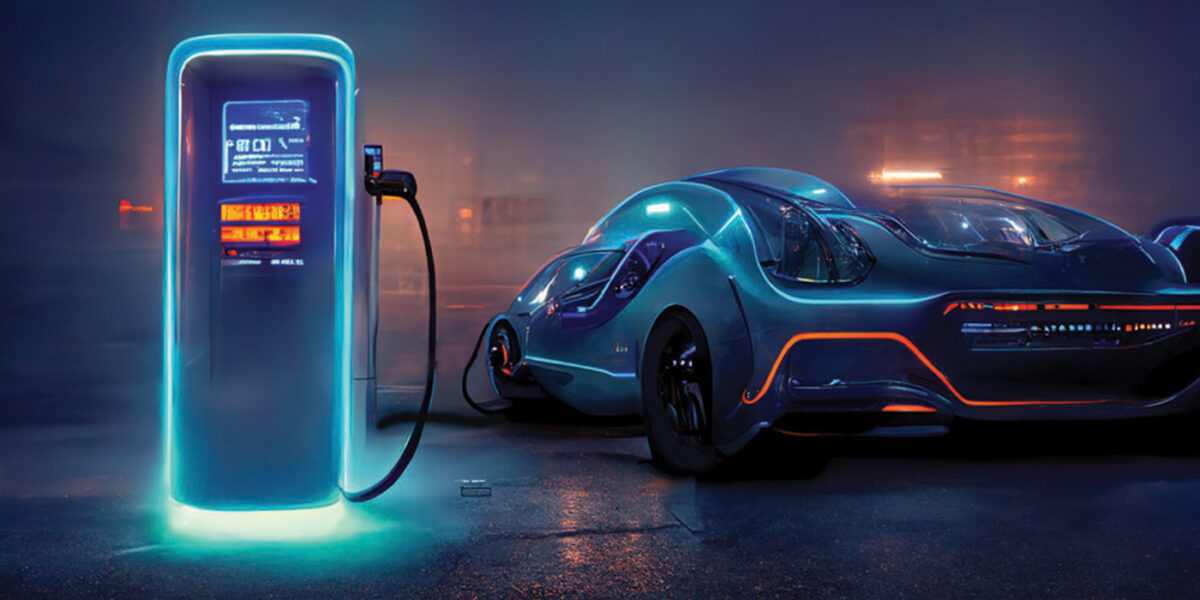The electric vehicle (EV) industry is rapidly evolving, with new technologies emerging that promise to revolutionize the way we drive and interact with our vehicles.
These innovations are not only enhancing the performance and efficiency of EVs but also making them more accessible and convenient for consumers.
From advanced battery technologies to autonomous driving features, the future of electric vehicles is filled with exciting possibilities.
In this article, we will explore seven of the most innovative EV technologies that are set to hit the market soon.
These technologies are poised to transform the EV world, offering improved range, faster charging times, enhanced safety, and a more seamless driving experience.
Whether you’re an EV enthusiast or just curious about the latest advancements, these innovations are sure to capture your interest and provide a look into the future of sustainable transportation.
1. Solid-State Batteries
Solid-state batteries are poised to revolutionize the electric vehicle (EV) industry by offering significant improvements over traditional lithium-ion batteries.
Unlike conventional batteries that use liquid electrolytes to facilitate the movement of ions between the anode and cathode, solid-state batteries utilize a solid electrolyte.
This fundamental difference brings numerous advantages, including higher energy density, faster charging times, and enhanced safety.
One of the most significant benefits of solid-state batteries is their higher energy density, which translates to longer driving ranges for EVs.
With the potential to store more energy in a smaller and lighter package, solid-state batteries can significantly increase the range of electric vehicles, addressing one of the most common concerns among potential EV buyers.
Additionally, the solid electrolyte is more stable and less likely to overheat or catch fire, enhancing the safety of the vehicle.
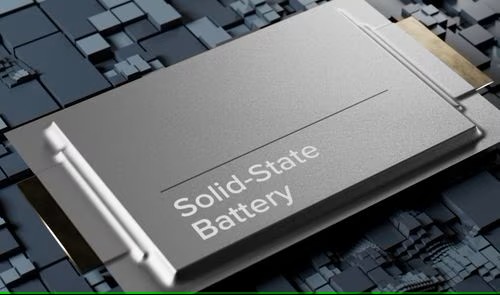
Faster charging times are another critical advantage of solid-state batteries. Due to the improved conductivity of the solid electrolyte, these batteries can be charged much more quickly than traditional lithium-ion batteries.
This reduction in charging time makes EVs more convenient for daily use and long-distance travel, further encouraging the adoption of electric vehicles.
The extended lifespan of solid-state batteries is another compelling factor. These batteries can withstand more charge and discharge cycles before experiencing significant degradation, leading to a longer lifespan.
This durability can reduce the need for frequent battery replacements, lowering the total cost of ownership for EV drivers.
Several automakers and technology companies are actively developing solid-state battery technology, with some predicting commercial availability within the next few years.
Companies like Toyota, BMW, and QuantumScape are at the forefront of this innovation, conducting extensive research and development to bring solid-state batteries to market.
Solid-state batteries represent a significant leap forward in EV technology, offering longer ranges, faster charging times, enhanced safety, and extended lifespans.
As this technology continues to advance, it has the potential to transform the electric vehicle industry and accelerate the transition to sustainable transportation.
2. Advanced Driver-Assistance Systems (ADAS)
Advanced Driver-Assistance Systems (ADAS) are transforming the driving experience by enhancing vehicle safety and convenience through a range of innovative features.
These systems use a combination of sensors, cameras, radar, and artificial intelligence to assist drivers in various driving tasks, reducing the risk of accidents and improving driving efficiency.
One of the most notable ADAS features is adaptive cruise control, which automatically adjusts the vehicle’s speed to maintain a safe following distance from the car ahead.
This feature is particularly useful in heavy traffic, as it reduces the need for constant acceleration and braking, leading to a more relaxed and efficient driving experience.
Lane-keeping assist is another crucial ADAS feature that helps drivers stay within their lane by providing gentle steering inputs or alerts if the vehicle begins to drift out of its lane.
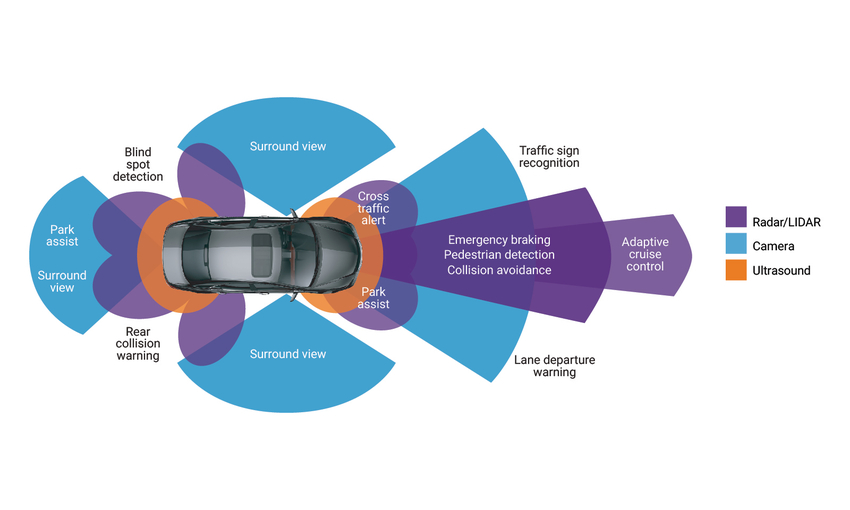
This technology is particularly beneficial on long highway drives, where fatigue can lead to unintentional lane departures.
Automatic emergency braking (AEB) is a life-saving ADAS feature that can detect potential collisions and apply the brakes to avoid or mitigate the impact.
By using sensors and cameras to monitor the road ahead, AEB can react more quickly than a human driver, significantly reducing the likelihood of rear-end collisions and other accidents.
Blind-spot monitoring is another essential ADAS feature that enhances safety by detecting vehicles in the driver’s blind spots and providing visual or auditory alerts.
This technology is especially useful during lane changes, helping drivers avoid collisions with unseen vehicles.
In addition to these features, ADAS can also include parking assistance systems, traffic sign recognition, and driver monitoring systems that detect signs of drowsiness or inattention.
These technologies work together to create a safer and more enjoyable driving experience. The integration of ADAS in electric vehicles is particularly beneficial, as it complements the advanced technology and sustainability goals of EVs.
As ADAS technology continues to evolve, it is expected to play a crucial role in the development of fully autonomous vehicles, paving the way for a future where driving is safer, more efficient, and more accessible.
3. Vehicle-to-Grid (V2G) Technology
Vehicle-to-Grid (V2G) technology is a groundbreaking innovation that allows electric vehicles (EVs) to interact with the power grid in a bidirectional manner.
This means that EVs can not only draw electricity from the grid to charge their batteries but can also supply stored energy back to the grid when needed.
V2G technology has the potential to revolutionize the way we think about energy consumption and grid stability, offering numerous benefits for both EV owners and utility companies.
One of the primary advantages of V2G technology is its ability to enhance grid stability. By allowing EVs to supply power back to the grid during peak demand periods, V2G can help balance the load and prevent blackouts or power outages.
This capability is particularly valuable as the adoption of renewable energy sources, such as solar and wind, continues to grow.

These renewable sources can be intermittent, and V2G technology provides a way to store excess energy and release it when needed, ensuring a stable and reliable power supply.
For EV owners, V2G technology offers the potential for financial incentives. Utility companies may compensate EV owners for the energy they supply back to the grid, creating a new revenue stream.
This can help offset the cost of EV ownership and make electric vehicles even more attractive to consumers.
Additionally, V2G technology can enable EV owners to take advantage of time-of-use pricing, charging their vehicles when electricity rates are low and discharging when rates are high.
Another significant benefit of V2G technology is its potential to support emergency power needs.
In the event of a power outage, EVs equipped with V2G capabilities can supply electricity to homes or businesses, providing a reliable backup power source.
This can be particularly valuable in areas prone to natural disasters or other disruptions to the power grid.
Several automakers and technology companies are actively developing V2G technology, with pilot programs already underway in various parts of the world.
Companies like Nissan, BMW, and Honda are exploring the potential of V2G and working to bring this innovative technology to market.
Vehicle-to-Grid technology represents a significant advancement in the integration of electric vehicles with the broader energy ecosystem.
By enhancing grid stability, providing financial incentives, and supporting emergency power needs, V2G technology has the potential to transform the way we manage and consume energy, paving the way for a more sustainable and resilient future.
4. Wireless Inductive Charging
Wireless inductive charging is an innovative technology that allows electric vehicles (EVs) to charge their batteries without the need for physical connectors or cables.
Instead, this technology uses electromagnetic fields to transfer energy from a charging pad installed on the ground to a receiver coil located on the underside of the vehicle.
Wireless inductive charging offers several advantages, including convenience, improved safety, and the potential for dynamic charging on the go.
One of the primary benefits of wireless inductive charging is its convenience. Drivers simply need to park their EVs over a charging pad, and the charging process begins automatically.
This eliminates the need to plug in and unplug charging cables, making the charging experience more user-friendly and reducing wear and tear on connectors.
Wireless charging is particularly beneficial for public charging stations, where it can streamline the charging process and reduce the risk of vandalism or theft of charging equipment.
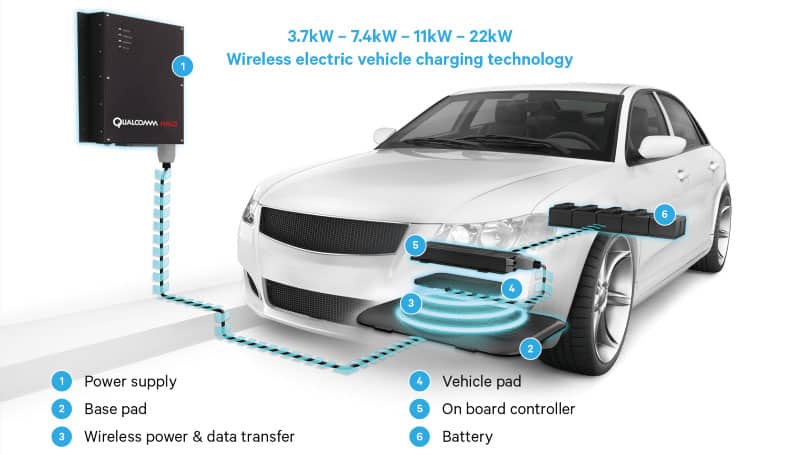
Safety is another significant advantage of wireless inductive charging. Without the need for physical connectors, there is less risk of electrical hazards, such as short circuits or exposure to live wires.
This technology also eliminates the tripping hazards associated with charging cables, making it safer for both drivers and pedestrians.
Additionally, wireless charging systems are designed to function in various weather conditions, ensuring reliable charging even in rain or snow.
One of the most exciting prospects of wireless inductive charging is the potential for dynamic charging, which allows EVs to charge while in motion.
This technology involves embedding charging pads into roadways, enabling vehicles to recharge their batteries as they drive.
Dynamic charging can significantly extend the range of electric vehicles and reduce the need for frequent stops to recharge.
While this technology is still in the experimental stage, it holds great promise for the future of electric mobility.
Several companies and research institutions are actively working on developing and commercializing wireless inductive charging technology.
Automakers like BMW, Mercedes-Benz, and Nissan have already introduced wireless charging options for some of their EV models.
Meanwhile, cities and municipalities are exploring the potential of integrating wireless charging infrastructure into public spaces and roadways.
Wireless inductive charging represents a significant advancement in EV technology, offering convenience, safety, and the potential for dynamic charging on the go.
As this technology continues to evolve and become more widely available, it has the potential to transform the way we charge electric vehicles, making the process more seamless and efficient.
Also Read: 12 Most Affordable Electric Vehicles of 2025
5. Battery Swapping Stations
Battery swapping stations are an innovative solution designed to address one of the main challenges associated with electric vehicles (EVs): long charging times.
Instead of waiting for their EV batteries to recharge, drivers can simply swap their depleted batteries for fully charged ones at specialized battery swapping stations.
This process takes only a few minutes, making it comparable to refueling a conventional gasoline vehicle and significantly reducing downtime for EV drivers.
One of the primary advantages of battery swapping stations is the speed and convenience they offer. With traditional charging methods, even fast-charging stations can take 30 minutes to an hour to provide a substantial charge.
Battery swapping, on the other hand, can be completed in just a few minutes, allowing drivers to quickly get back on the road.
This is particularly beneficial for commercial fleets, taxis, and ride-sharing services, where minimizing downtime is crucial for maximizing operational efficiency.
Battery swapping stations also help address concerns related to battery degradation and longevity.
EV owners can benefit from using well-maintained, regularly serviced batteries, as the swapping stations are responsible for ensuring that the batteries are in optimal condition.
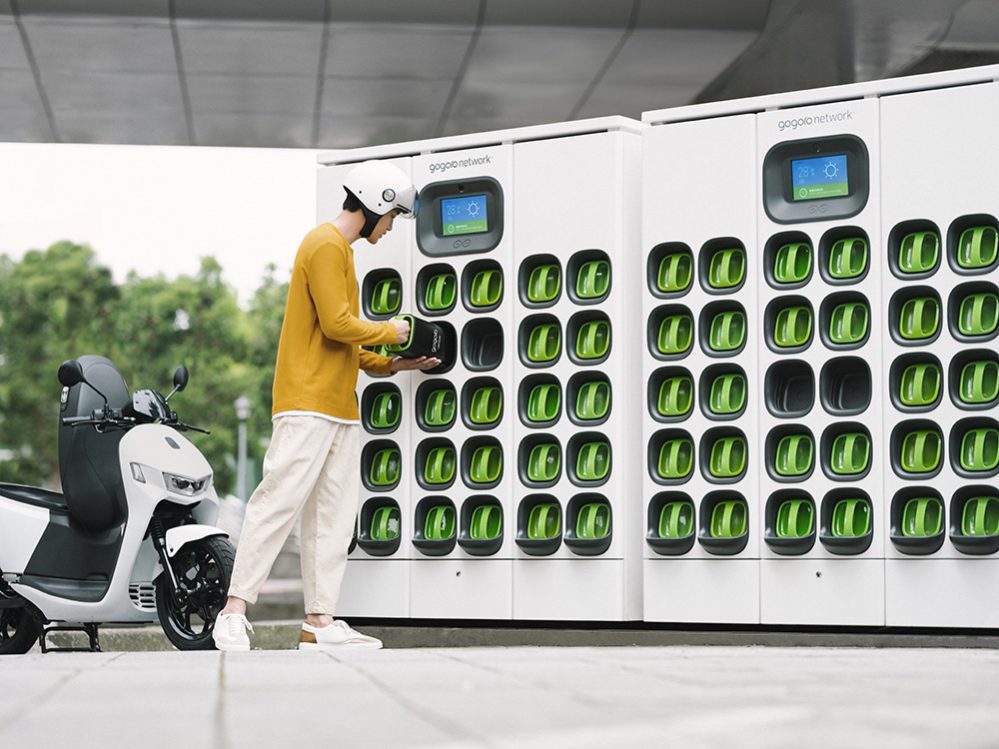
This can lead to improved battery performance and a longer lifespan, reducing the total cost of ownership for EV drivers.
Another significant advantage of battery swapping is its potential to support energy storage and grid stability.
By integrating battery swapping stations with the power grid, excess renewable energy generated during periods of low demand can be stored in EV batteries and later used to balance the grid during peak demand.
This bidirectional flow of energy can enhance grid stability and support the integration of renewable energy sources, contributing to a more sustainable energy system.
Several companies are actively developing and implementing battery swapping technology. One notable example is NIO, a Chinese electric vehicle manufacturer that has established a network of battery swapping stations across China.
Other companies, such as Tesla and Better Place, have also explored battery swapping solutions, although their efforts have faced various challenges.
Despite the promising benefits, there are challenges to the widespread adoption of battery swapping stations.
These include the need for standardization of battery sizes and connectors across different EV models, the high initial investment required to establish swapping infrastructure, and potential concerns about the long-term viability of the business model.
Battery swapping stations offer a fast and convenient solution to the challenge of long charging times for electric vehicles.
By providing a quick and efficient way to recharge EVs, battery swapping has the potential to revolutionize the EV industry and support the transition to sustainable transportation.
6. Ultra-Fast Charging Infrastructure
Ultra-fast charging infrastructure is set to transform the electric vehicle (EV) worldby significantly reducing charging times and making long-distance travel more convenient for EV owners.
Unlike standard charging stations, which can take several hours to charge an EV fully, ultra-fast chargers can provide a substantial charge in just a few minutes.
This advancement in charging technology is crucial for increasing the adoption of electric vehicles and addressing one of the primary concerns of potential EV buyers: range anxiety.
Ultra-fast chargers, also known as high-power chargers, typically operate at power levels of 150 kW or higher, with some next-generation chargers capable of delivering up to 350 kW.
This high power output allows EVs to charge at much faster rates compared to conventional Level 2 chargers, which usually operate at around 7-22 kW.
For example, an ultra-fast charger can add around 200 miles of range to an EV in just 20-30 minutes, depending on the vehicle’s battery capacity and charging capabilities.
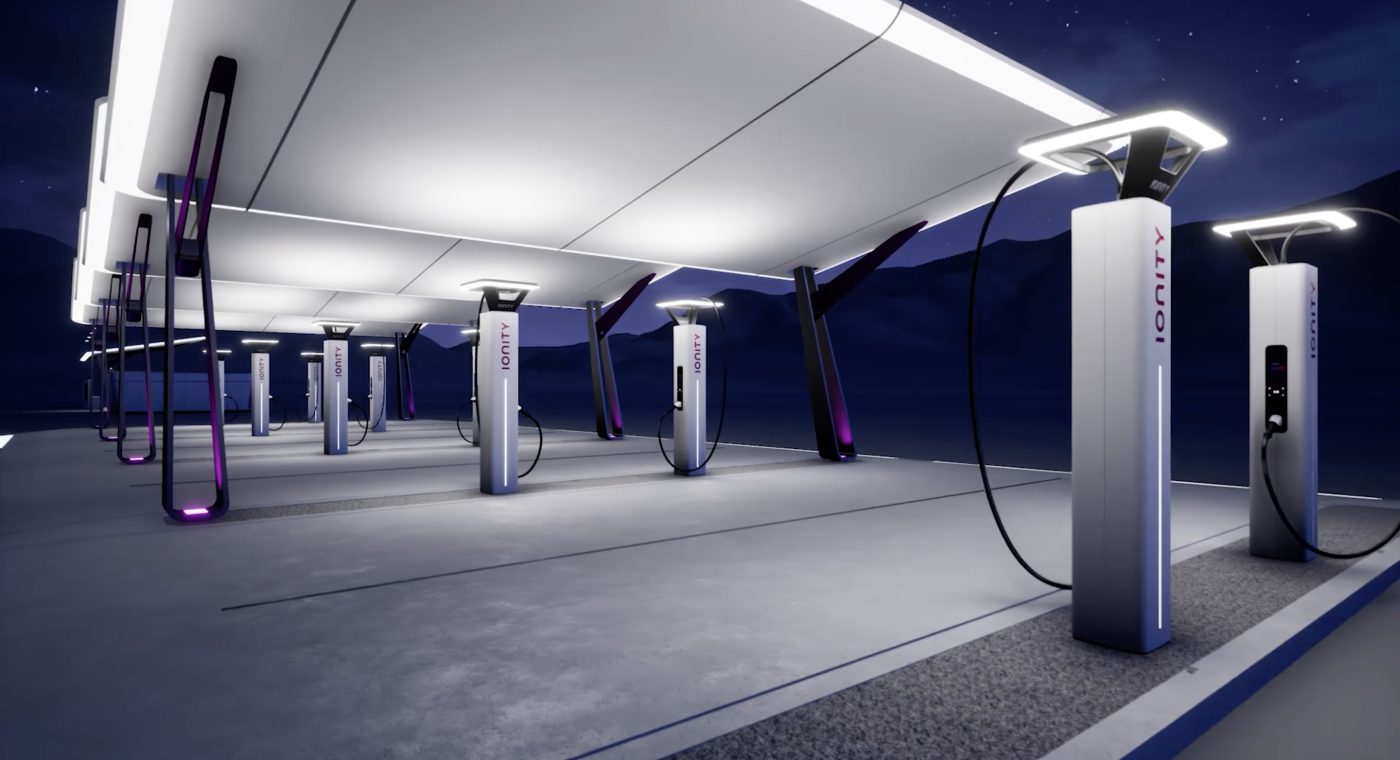
One of the key benefits of ultra-fast charging infrastructure is its ability to facilitate long-distance travel for EV owners.
By strategically placing ultra-fast chargers along major highways and popular travel routes, EV drivers can confidently start on road trips without worrying about running out of battery power.
This convenience makes EVs a more viable option for a wider range of drivers, including those who frequently travel long distances.
In addition to enhancing the driving experience, ultra-fast charging infrastructure can also support the growth of the electric vehicle market by addressing charging bottlenecks.
As more EVs hit the road, the demand for charging infrastructure will increase, and ultra-fast chargers can help meet this demand by providing quick and efficient charging solutions.
This can reduce congestion at charging stations and improve the user experience for EV owners.
Several companies and organizations are actively investing in the development and deployment of ultra-fast charging networks.
Notable examples include Electrify America, Ionity, and Tesla’s Supercharger network, all of which are working to expand their networks of high-power chargers across various regions.
Governments and municipalities are also playing a crucial role in supporting the growth of ultra-fast charging infrastructure through funding and policy initiatives.
Despite the numerous benefits, there are challenges associated with the widespread adoption of ultra-fast charging infrastructure.
These challenges include the high cost of installing and maintaining high-power chargers, the need for robust grid infrastructure to support increased power demand, and potential compatibility issues with older EV models that may not be equipped to handle ultra-fast charging.
Ultra-fast charging infrastructure represents a significant advancement in the electric vehicle industry, offering the potential to greatly reduce charging times and enhance the convenience of EV ownership.
As this technology continues to develop and expand, it will play a crucial role in promoting the adoption of electric vehicles and supporting the transition to a more sustainable transportation system.
7. Solar Integration in Vehicles
Solar integration in vehicles is an innovative technology that harnesses the power of the sun to enhance the efficiency and sustainability of electric vehicles (EVs).
By incorporating solar panels into the design of EVs, automakers can provide an additional source of renewable energy that can be used to extend the driving range, reduce reliance on grid electricity, and lower operating costs.
This technology has the potential to revolutionize the way we think about vehicle energy consumption and contribute to a more sustainable future.
One of the primary benefits of solar integration in vehicles is the ability to extend the driving range of EVs.
Solar panels can capture sunlight and convert it into electricity, which can be used to charge the vehicle’s battery or power auxiliary systems.
While the energy generated from solar panels may not be sufficient to completely power the vehicle, it can provide a meaningful boost to the battery’s charge, especially during daylight hours and in sunny regions.
This can help reduce the frequency of charging and increase the efficiency of the vehicle. Another advantage of solar-integrated vehicles is their reduced reliance on grid electricity.
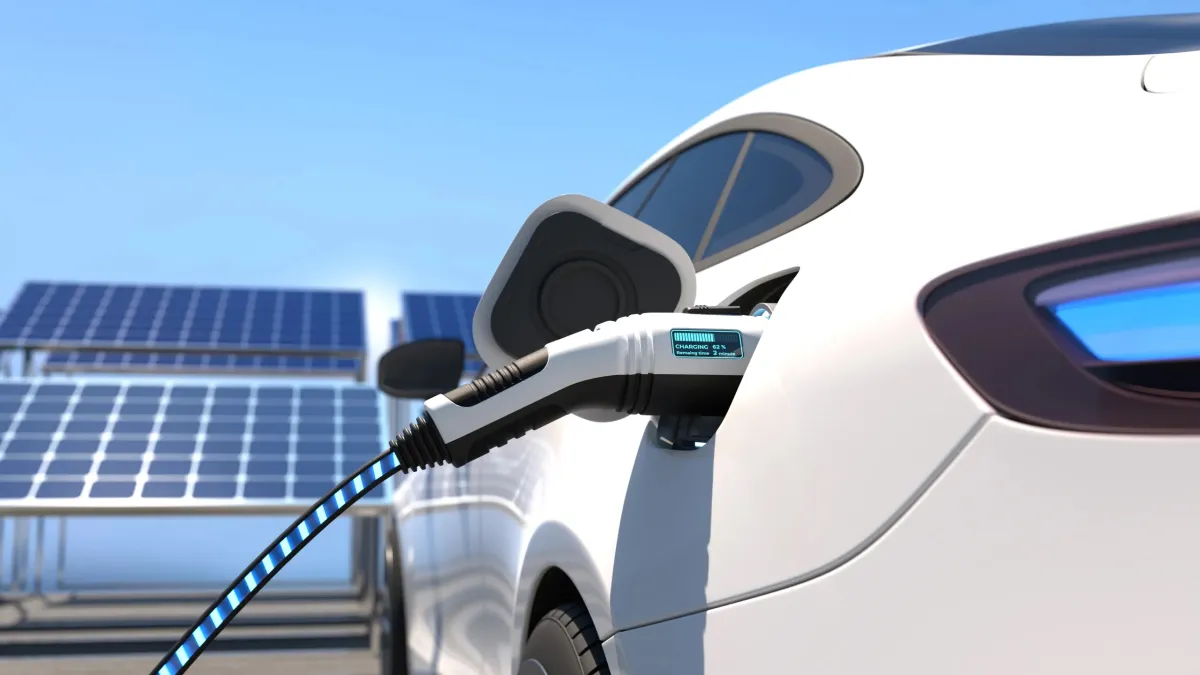
By generating a portion of their energy from the sun, these vehicles can help alleviate the strain on the electrical grid and reduce the demand for fossil fuel-based power generation.
This aligns with the broader goals of promoting renewable energy sources and reducing greenhouse gas emissions, making solar-integrated vehicles an environmentally friendly option.
Solar integration can also lead to cost savings for EV owners. By utilizing solar power, drivers can reduce their electricity bills and lower the cost of vehicle ownership.
Additionally, the use of solar panels can enhance the vehicle’s resale value and appeal to environmentally conscious buyers.
Several automakers and technology companies are actively exploring and developing solar integration for vehicles.
One notable example is the Lightyear One, a solar-powered electric car that features an array of solar panels on its roof and hood.
Other companies, such as Hyundai and Toyota, have also introduced solar roof options for their EV models, providing additional energy and improving efficiency.
Despite the promising benefits, there are challenges associated with solar integration in vehicles.
These challenges include the limited energy generation capacity of current solar panel technology, the need for efficient and lightweight panels that do not compromise vehicle performance, and the potential increase in manufacturing costs.
However, ongoing advancements in solar technology and materials science are expected to address these challenges and further enhance the viability of solar-integrated vehicles.
Solar integration in vehicles represents a significant innovation that can enhance the efficiency, sustainability, and cost-effectiveness of electric vehicles.
By harnessing the power of the sun, this technology has the potential to transform the way we power our vehicles and contribute to a more sustainable future for transportation.
Also Read: 10 Best Plug-In Hybrid SUVs for Fuel Savings

